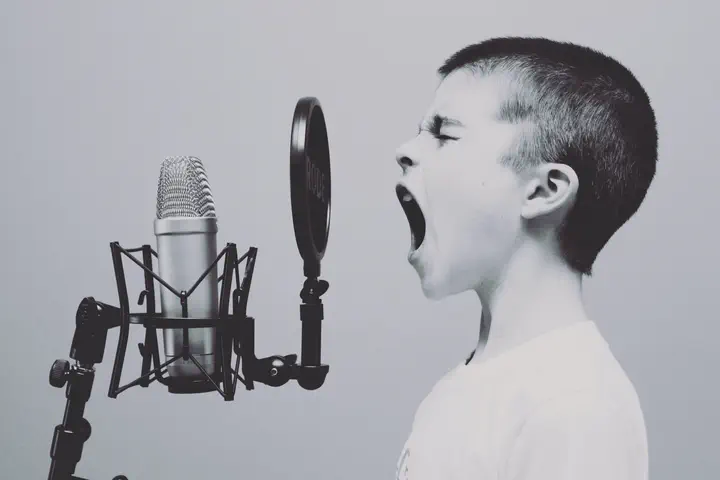Representing Harmony
Goals and Challenges

Harmony is an essential component of Western music at least since the middle ages up to the present day. In recent decades, musicologists have engaged more and more with computational methods and created machine-readable datasets in order to study harmony on a larger scale. While the field has witnessed substantial progress in the refinement of analytical methods and tools, it faces several theoretical and practical obstacles due to the absence of widely agreed-upon standards for representing harmony symbolically. This can be attributed both to conceptual differences in the relevance and interpretation of certain harmonic features, as well as to communication issues between researchers from different institutional and disciplinary backgrounds. On the other hand, an awareness is continuously growing that developing and maintaining such standards would be highly beneficial for the entire research community, and would facilitate many practical applications, such as combining datasets by different creators, thus removing pre-processing workload, or to enable training machine-learning algorithms with more data.
The “Representing Harmony” project started with a kick-off workshop on 13-16 September 2022 at École Polytechnique Fédérale de Lausanne (EPFL). About 20 international experts convened at EPFL to discuss recent challenges and future goals that our interdisciplinary field needs to address.